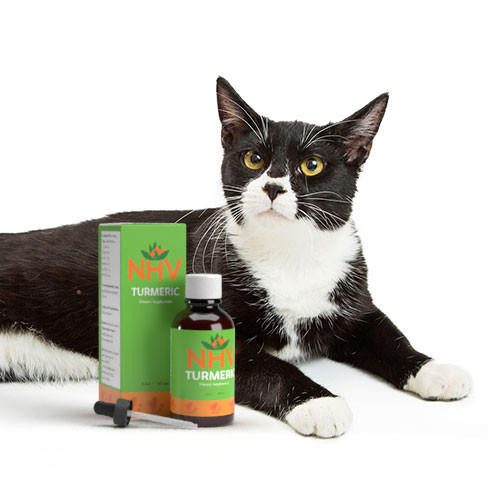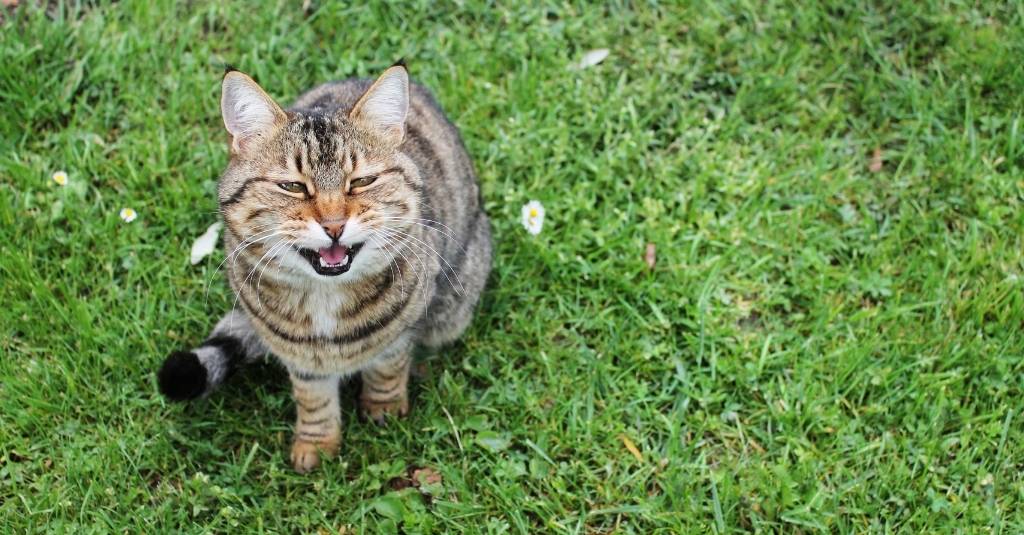
How Vets Diagnose Thyroid Problems in Pets: Symptoms & More

Why Diagnosing Thyroid Problems in Pets Matters
In both dogs and cats, the thyroid gland is located in the neck and produces hormones that help control metabolism, heart rate, temperature regulation, etc. When this hormone production is too low (hypothyroidism) or too high (hyperthyroidism), your little one’s body falls out of balance.
Need Professional Guidance?
Schedule a consultation with one of our experts
Hypothyroidism is much more common in dogs than in cats. It may cause a characteristic “sad-looking” face. This occurs because the condition affects the skin and facial muscles, making their expression appear droopy or tired.

Some of the most common symptoms of hypothyroidism are:
- Reduced activity and lethargy
- Gain weight despite no change in diet
- Hair loss, especially on the tail and trunk
- Dry, flaky skin or recurrent ear or skin infections
- Slow heart rate
On the other hand, hyperthyroidism is more common in felines. This includes unexplained weight loss despite a good or increased appetite, irritability (including restlessness or hyperactivity), diarrhea and vomiting, increased thirst and urination, and a rapid or irregular heartbeat.
While those symptoms are common in cats with hyperthyroidism, they can also overlap with other conditions. Therefore, diagnostic testing is extremely important.
Causes of Thyroid Disorders
Hypothyroidism in dogs can be a result of autoimmune destruction of the thyroid gland or natural shrinkage (atrophy) of thyroid tissue. However, in cats, hyperthyroidism is usually due to a benign growth (adenoma) in the thyroid that produces excess hormones. In very rare cases, thyroid cancer can be involved. Thus, genetics, environment, and underlying diseases may also play a role.
How Vets Diagnose Thyroid Issues in Dogs and Cats
- Physical Exams: Your vet will start with a thorough physical exam. For hyperthyroid cats, sometimes the thyroid gland can be felt as a small lump in the neck.
- Blood Tests: Bloodwork is the best tool for diagnosis. Three qualities of the blood can help provide a diagnosis. Total T4 (thyroxine) is a first-line test that measures the main thyroid hormone in the blood. Free T4 is a more sensitive test that looks at the active form of T4. This is especially useful if a total T4 is borderline. TSH (Thyroid Stimulating Hormone) can also be measured. In dogs, a HIGH TSH along with a LOW T4 normally confirms hypothyroidism. In cats, TSH is not often used as it does not provide a clear diagnosis.
- Additional Diagnostics: Full blood panels can check for other diseases that can be similar to thyroid problems, such as kidney or liver disease. Imaging (ultrasound or nuclear scintigraphy) is sometimes recommended for complex cases, especially if there are concerns for cancer. According to the American College of Veterinary Internal Medicine (ACVIM), combining multiple tests can give a more accurate diagnosis than relying on a single test.
Recommended Products
In addition to the veterinary treatment, supportive care can help overall wellness, such as:
Balanced Nutrition: Ensure your pet is on a high-quality, veterinarian-recommended diet.
Holistic Support: Natural supplements may help maintain general immune and organ health. NHV offers natural herbal supplements designed to support your fur baby with thyroid problems, such as:
• NHV Resthyro – formulated to support normal thyroid function and overall metabolic health.
• NHV Multi Essentials – a liquid multivitamin blend that may strengthen the immune system.
As this condition can be hard on the kidneys, liver, and heart, it is also important to support those organs:
- NHV Tripsy – A herbal formula designed to help maintain healthy kidney and urinary tract function, which is especially important as thyroid disease can put extra strain on the kidneys.
- NHV Milk Thistle – Supports and protects the liver, helping with detoxification and maintaining normal liver function.
- NHV Turmeric – Known for its natural anti-inflammatory and antioxidant properties, turmeric supports heart health and helps reduce inflammation that can accompany chronic illness.
When to See Your Veterinarian
If you notice changes in body weight, appetite, activity level, or hair condition, don’t wait. Early testing for thyroid issues in pets is minimally invasive and can prevent complications.
Key Takeaway
With regular checkups, lab testing, and a combined traditional veterinary and holistic approach, thyroid issues in dogs and cats can be diagnosed early and effectively managed.

NHV Tripsy
Tripsy- helps support pets with urinary tract, kidney, and bladder problems.

Tripsy- helps support pets with urinary tract, kidney, and bladder problems.
- item number
- ph1550fbd
- weight
- 0.7
-
Description
- item number
- ph1550fbd
- weight
- 0.7
-
Ingredients
-
Dosage

NHV Milk Thistle for Pets
NHV Milk Thistle for Pets
Milk Thistle- Helps support pets liver and kidneys

Milk Thistle- Helps support pets liver and kidneys
- item number
- ph1250fb
- weight
- 0.7
-
Description
- item number
- ph1250fb
- weight
- 0.7
-
Ingredients
-
Dosage

Turmeric
Turmeric
Turmeric - A supper food that is beneficial for over all wellbeing

Turmeric - A supper food that is beneficial for over all wellbeing
- item number
- ph8100fb
- weight
- 0.7
-
Description
- item number
- ph8100fb
- weight
- 0.7
-
Ingredients
-
Dosage

 USD
USD
 Canadian Dollars
Canadian Dollars




